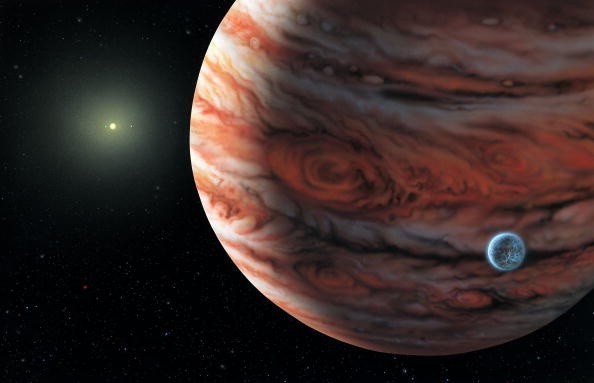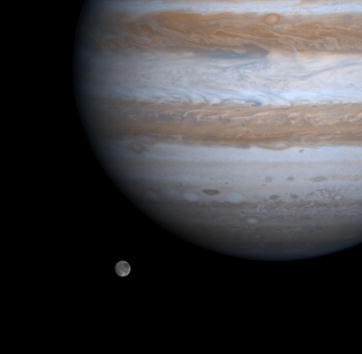NASA's detailed image of Jupiter's moon, Europa, hints that the natural satellite can embrace life.

Space experts shared this detail after they observed the highest-resolution photo of the moon captured by the Juno spacecraft.
Dr. Brad Tucker, an astrophysicist, and cosmologist from ANU, explained that the Europa photo of NASA has captured 300 km from the heavenly object's surface.
This distance is closer compared to the gap between Earth and the International Space Station. Because of this, more things about the moon were captured.
NASA Jupiter Moon Image Hints Europa as Habitable
According to SkyNews' latest report, Dr. Tucker said that the most detailed Europa image of NASA revealed that the moon has some ice sheet cracks.

"So this is a fairly close shave, they saw details of some of the cracks in the ice sheets. They also saw some quite interesting darker planes in the ice sheets," said the cosmologist.
He added that there are also some interesting darker planes in the ice sheets of Europa.
The cosmologist further explained that the ice cracks and darker planes are similar to those in Antarctica.
Aside from this, he also believes that Europa has some oceans underneath its surface.
NASA's Europa Image
NASA Gov's official report stated that the detailed Europa image covers around 150 km by 200 km of the moon's surface.
The international aerospace union the photo shows the natural satellite's region, which has a network of fine grooves and double ridges.
If you check the exact image, the Europa's surface looks like a wool string. If you want to see the exact photo, you can visit this link.
In other stories, a NASA astronaut captured an ancient lava flow while he was at the ISS.
Also, in our previous report, NASA James Webb's deep field image took a photo of the earliest star.
For more news updates about NASA and other advanced space images, it can capture, always keep your tabs open here at TechTimes.
This article is owned by TechTimes
Written by Griffin Davis
ⓒ 2025 TECHTIMES.com All rights reserved. Do not reproduce without permission.




